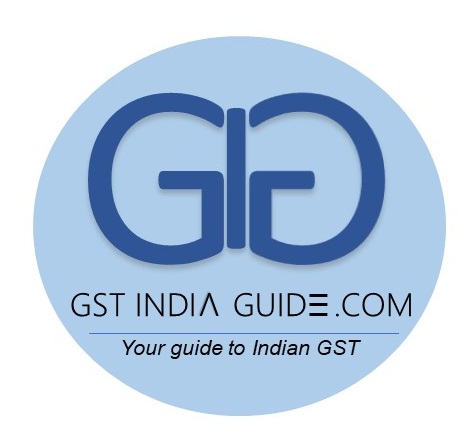“List of exempted items to be thrashed out by state & central govt officials after rate structure is finalised to be pruned”
Salt, bread, fresh fruit and vegetables, eggs, milk, curd, blood (yes blood, the human kind), prasad (the sacred kind), the national flag, kumkum, bindi-sindoor, glass bangles, even contraceptives -all these will continue to enjoy a taxfree run under the proposed goods and services tax (GST) regime. A few essential services will also escape the levy under the new regime that the government wants to roll out from April 1next year.
All the same, the list of exempted items that will be thrashed out by state and central government officials shortly after the rate structure is finalised will be getting shorter.
“The exemption list is to be pruned,“ said a government official outlining the broad principle that will be followed in deciding what doesn’t get taxed under GST. But “those items that are ex empted under value added tax will likely remain out of the tax net.“ This includes the items listed above. The exemptions are aimed at making sure that the common man isn’t subjected to tax shock.
Shortening the list will ensure that the tax base is broadened.
“The list of exempted items cannot be very long but those that are considered of common essential use would be kept out,“ the official said, adding that some of the services of this nature would also be included.
Exempted items won’t however be eligible for input tax credit.Many sectors, therefore, want to be included in the GST net but zero-rated, which means they’ll be eligible for input tax credit but untaxed.
After the rates are endorsed by the GST Council headed by Finance Minister Arun Jaitley, it will decide on exemptions and what items go into which tax bracket.
The Centre has proposed five alternatives to a four-rate slab including a separate levy of 4% for precious metals. The rates proposed are 5-7% at the threshold level and 10-19% at the standard rate level. The Centre’s preference is for 6%, 12%, 18% and 26% but the council will take a call on the framework at its next meeting on November 3-4. The minister said on Wednesday that a consensus is close on the matter.
Jaitley has already made it clear that the effort will be to keep the exercise tax neutral and fit items into tax brackets that are similar to the levies on them now.There could still be differences depending on the bracket but even if these are on the higher side that should be more than offset by seamless input tax credit.
GST seeks to replace multiple central and state taxes on goods and services such as excise duty, service tax, value added tax, entry tax, purchase tax with one levy and create a seamless national market.
Eschew Exemptions
Exemptions are distortionary, clutter the tax system and should be kept at the minimum. A common exemption list for states and the Centre makes sense.The need is to widen the tax base to include large chunks of the economy in the new tax system. As the Subramanian panel rightly pointed out pruning exemptions under GST will complement a similar effort already announced for corporate taxes, making for a much cleaner tax system.
The Economic Times ,21 Oct 2016
